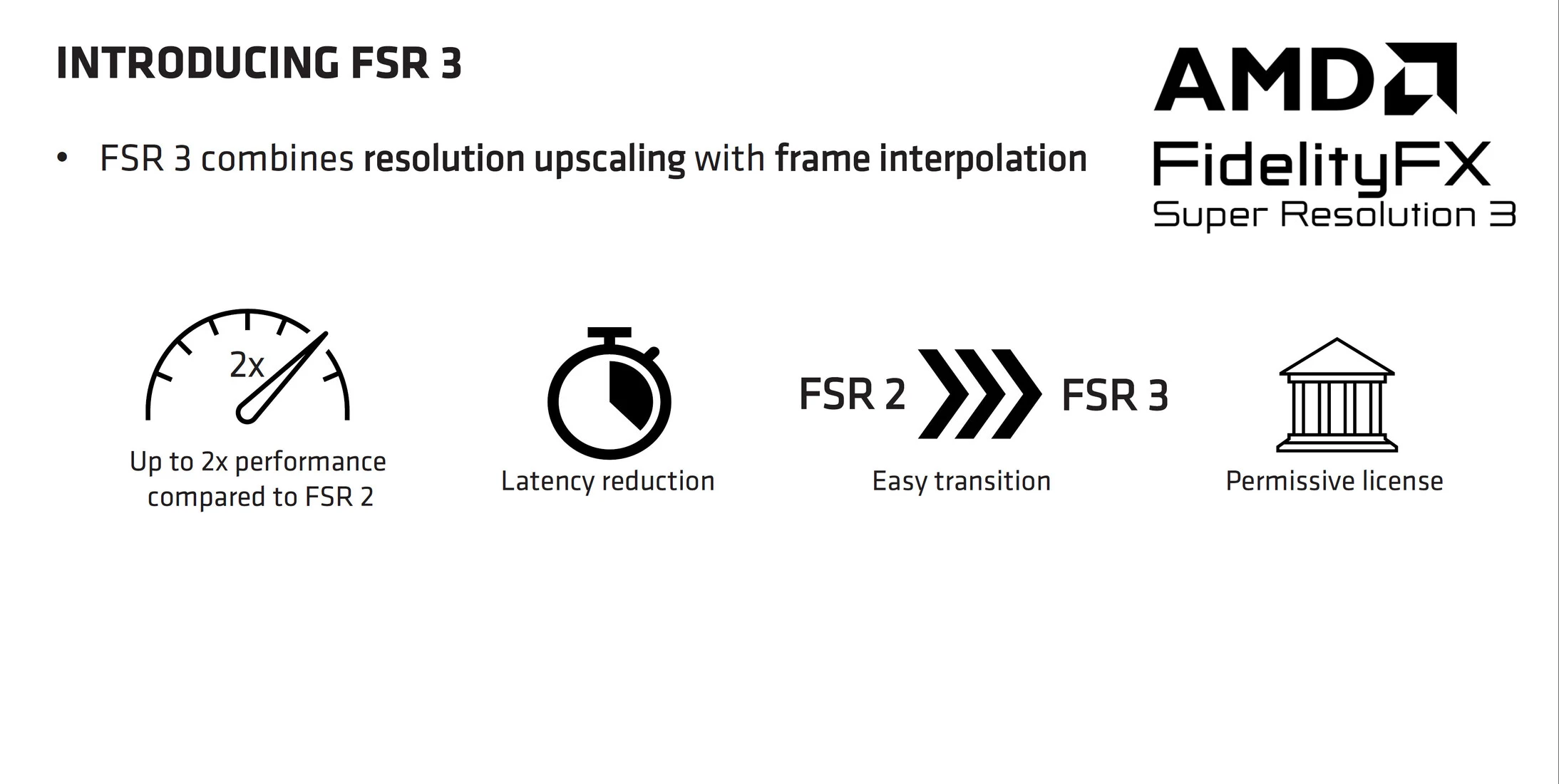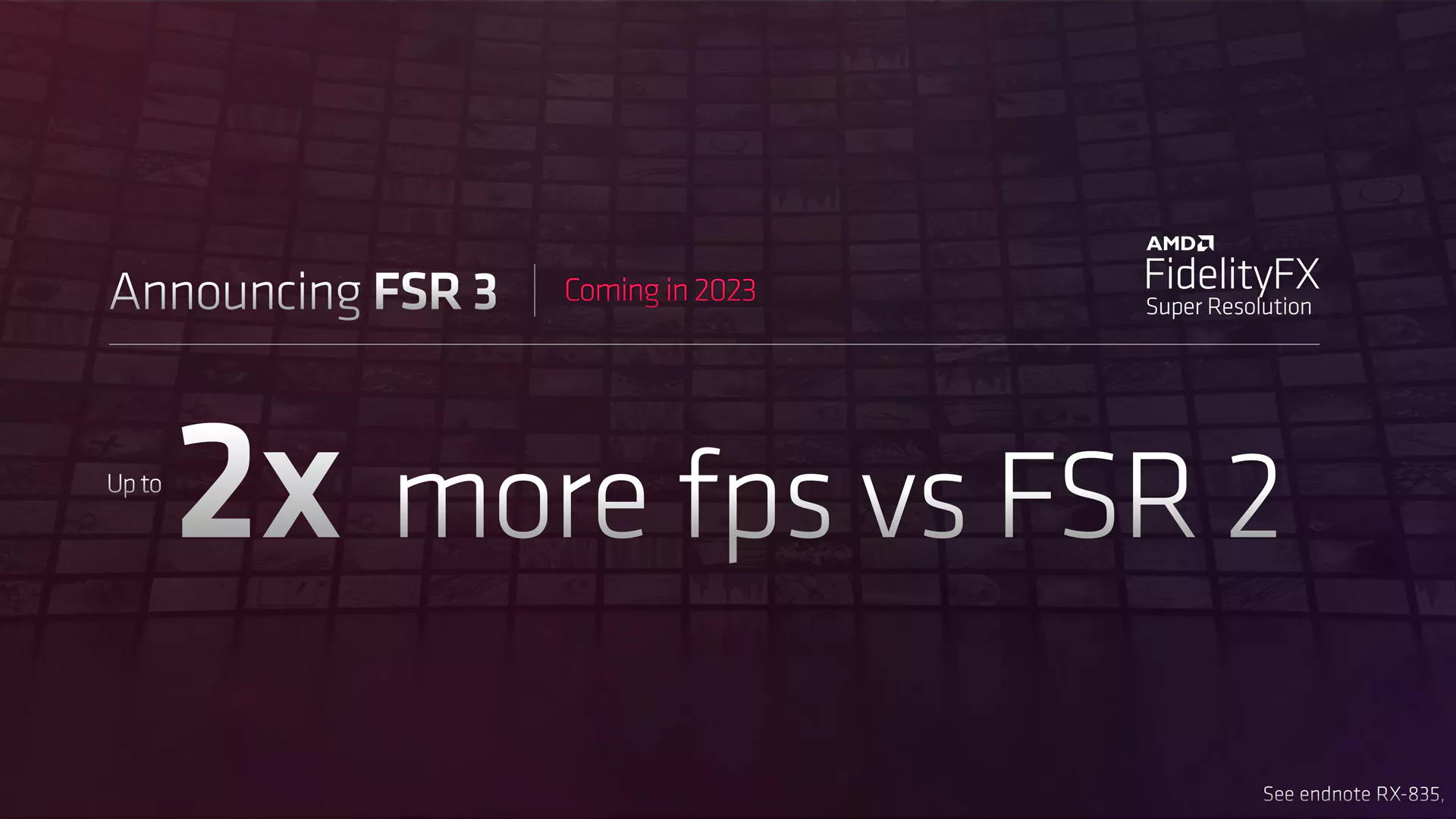As we previously reported, as we suspected, it seems that AMD has indeed discussed FSR 3.0 at GDC 2023.
This was easy to predict, as GDC itself is known as a gathering place for game developers and technology developers like AMD. It would be strange if they did not make the most of this opportunity.
Using a Similar Technique to NVIDIA
Frame interpolation techniques are promising for gaming. As we saw with DLSS 3, this technique can significantly increase game frame rates, but it is complex and has its drawbacks.
Not all games will run well, especially competitive games with fast movement as this technique requires a higher game latency. It would be very useful for slow-paced games like Microsoft Flight Simulator 2020, but it is not impossible that this technique could be used for fast-paced games in the future.
At GDC 2023, AMD explained that FSR 3.0 is still in the early stages of development. They claimed that this technique can double the frame rate compared to FSR 2.2. Furthermore, in FSR 3.0, there is a high possibility that only one sample will be used to interpolate pixels. Therefore, if there are any artifacts in the interpolation process, they will only appear in one frame, making it comfortable to view.
Current Development Challenges for FSR 3.0

Although there is good news in the development of this upscaling technology, the downside is, of course, an increase in game latency. Besides the importance of high frame rates, low latency is also crucial for gamers. Therefore, AMD will try its best to mitigate this issue. The solution may be similar to NVIDIA Reflex.
In addition to latency challenges, they also face other significant challenges. Unlike FSR 2, they can no longer rely on color clamping methods to correct color on old frame or pixel samples. Moreover, performing nonlinear motion interpolation will be difficult in 2D screen space motion vectors. Lastly, if the final frame is interpolated, then the UI and all post-processing effects will also be interpolated.

However, this can be easily overcome since FidelityFX technologies like FSR are open-source. As for implementation, it is interesting that game developers have already implemented FSR 2 in their games. If they want to use FSR 3, the transition will be straightforward.
Is Frame Interpolation Technique for Upscaling Games Worth it?
Although the frame interpolation technique has received controversy from some gamers, we believe that it is worth it for games. Despite its drawbacks, the fact on the ground shows that upscaling technologies like DLSS 3 are useful, although currently, only specific games can fully utilize this technology.
With the emergence of other solutions such as FSR 3.0, upscaling technologies with frame interpolation techniques could rapidly develop and mature, making them applicable to various game genres with minimal impact.
We will see what the future holds, whether AMD’s solution will be far superior to NVIDIA or not. Only time can tell.

